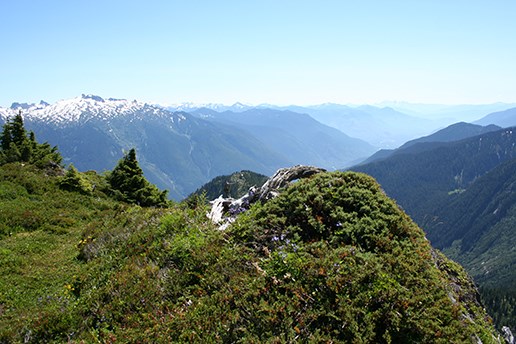
NPS/NOCA Staff Consequently, park managers are cooperatively involved with the US Geological Survey, the National Park Service's Air Resources Division and others to assess air pollution impacts and protect air quality related resources. The air resources management program at North Cascades includes monitoring, research and data dissemination. Pollutants such as particulate matter, ozone, acid deposition, mercury and pesticides have been monitored in the park. The park and cooperators have also studied the impact of those pollutants on visibility, water quality, vegetation and wildlife. Data are used to inform management strategies and regulatory activities that affect park air quality. |
Last updated: November 7, 2019
